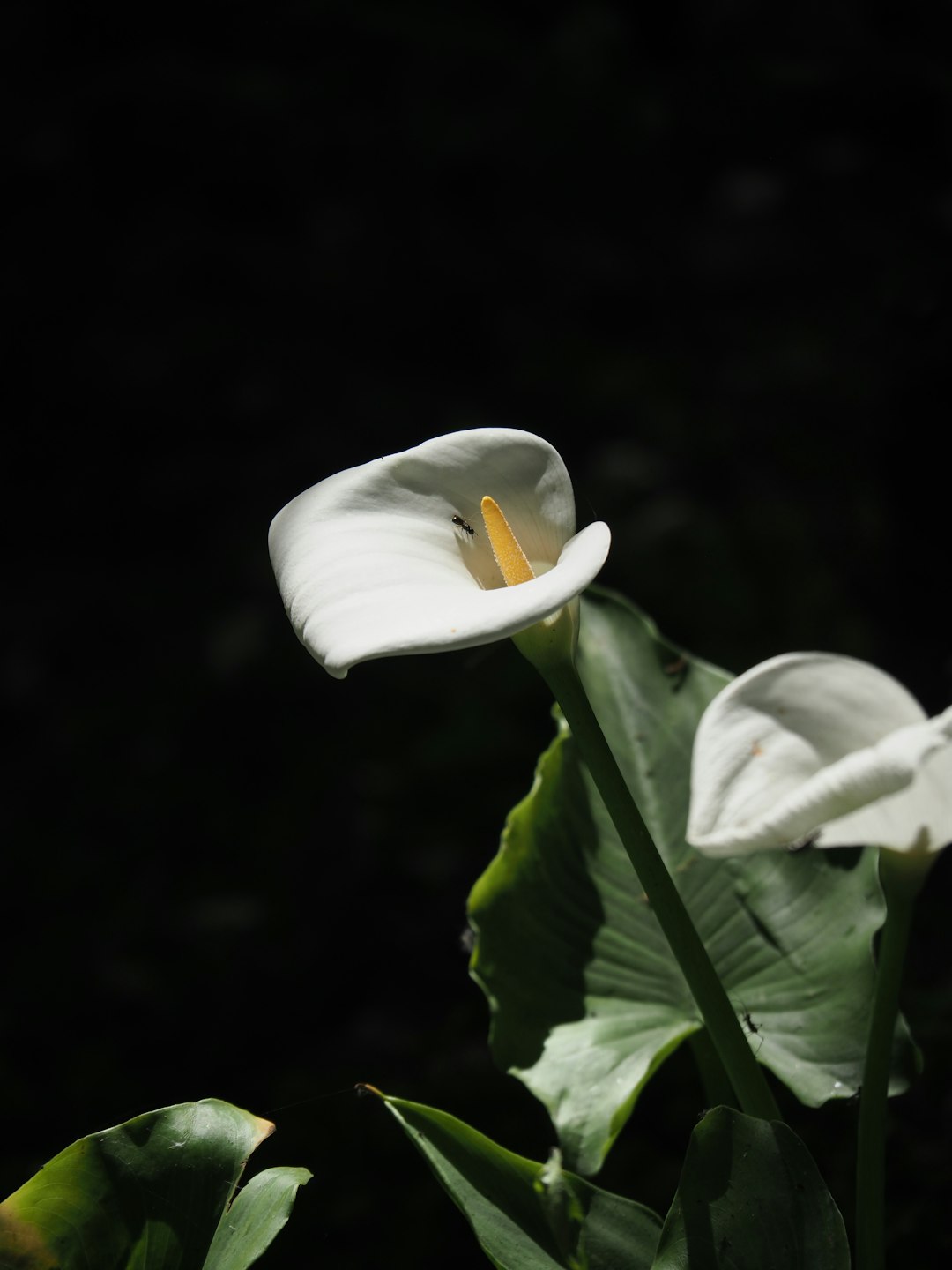Unveiling the Charm of Pincushion Flowers in Your Garden

In the world of gardening, few things are as rewarding as cultivating a vibrant and diverse flower garden. Among the many beautiful perennials that can grace your outdoor space, the pincushion plant stands out as a true gem. With its delicate yet striking flowers, the pincushion plant not only adds a touch of elegance to any garden but also serves as an excellent companion to many gardeners' favorite plants.
The pincushion flower, scientifically known as Scabiosa, is a genus of flowering plants that belongs to the honeysuckle family. These plants are native to Europe, Africa, and Asia and have been cultivated for centuries for their ornamental value. There are several species and cultivars of pincushion flowers available, each with its own unique characteristics and colors.
One of the most appealing features of the pincushion flower is its distinctive flower shape. The flowers are composed of a central cluster of tiny florets surrounded by a ring of larger, petal - like bracts. This gives the flower the appearance of a pincushion, hence its common name. The colors of pincushion flowers range from soft pastels such as pink, lavender, and white to more vibrant hues like purple and blue. Some varieties even have bi - colored or multi - colored flowers, adding an extra element of visual interest to the garden.
Pincushion flowers are not only beautiful but also quite versatile. They can be used in a variety of garden settings, including borders, rock gardens, and containers. When planted in borders, they can provide a splash of color and texture throughout the growing season. In rock gardens, their low - growing and compact nature makes them an ideal choice for filling in gaps between rocks. And in containers, they can be combined with other annuals or perennials to create stunning mixed plantings.
Another advantage of growing pincushion flowers is their ability to attract pollinators. The nectar - rich flowers are a favorite of bees, butterflies, and hummingbirds, making them an important addition to any pollinator - friendly garden. By attracting these beneficial insects, pincushion flowers can help to improve the overall health and productivity of your garden.
Now, let's delve into the growing guide for pincushion flowers. First and foremost, pincushion flowers prefer full sun to partial shade. They need at least 6 hours of direct sunlight per day to thrive. However, in hot climates, some afternoon shade can help to prevent the plants from wilting.
When it comes to soil, pincushion flowers prefer well - drained, fertile soil. They do not tolerate waterlogged conditions, so it's important to ensure that the soil has good drainage. You can amend the soil with organic matter such as compost or well - rotted manure to improve its fertility and drainage.
Planting pincushion flowers is relatively easy. You can start them from seeds indoors about 6 - 8 weeks before the last frost date or sow the seeds directly in the garden after the danger of frost has passed. If starting from seeds indoors, use a seed - starting mix and keep the soil moist until the seeds germinate. Once the seedlings have developed a few sets of true leaves, you can transplant them into the garden.
When planting in the garden, space the plants about 12 - 18 inches apart to allow for proper air circulation and growth. Water the plants thoroughly after planting and keep the soil evenly moist during the growing season. However, be careful not to over - water, as this can lead to root rot.
Fertilizing pincushion flowers is also important for their healthy growth. You can apply a balanced, slow - release fertilizer in the spring when the plants start to grow. Follow the instructions on the fertilizer package for the correct application rate.
Deadheading is an essential task when growing pincushion flowers. By removing the spent flowers, you can encourage the plants to produce more blooms and extend the flowering period. Simply snip off the faded flowers at the base of the stem using a pair of sharp pruning shears.
In terms of pests and diseases, pincushion flowers are generally quite resistant. However, they can be susceptible to aphids, spider mites, and powdery mildew. To prevent these problems, keep the plants healthy by providing proper care and good air circulation. If necessary, you can use organic pest control methods such as insecticidal soap or neem oil to treat infestations.
In conclusion, the pincushion flower is a wonderful addition to any garden. Its beautiful flowers, versatility, and ability to attract pollinators make it a favorite among gardeners. By following the growing guide outlined above, you can enjoy a bountiful display of pincushion flowers in your garden year after year.